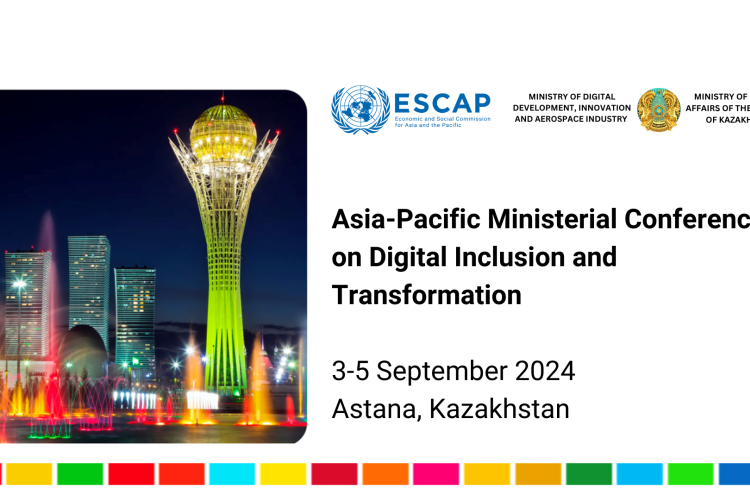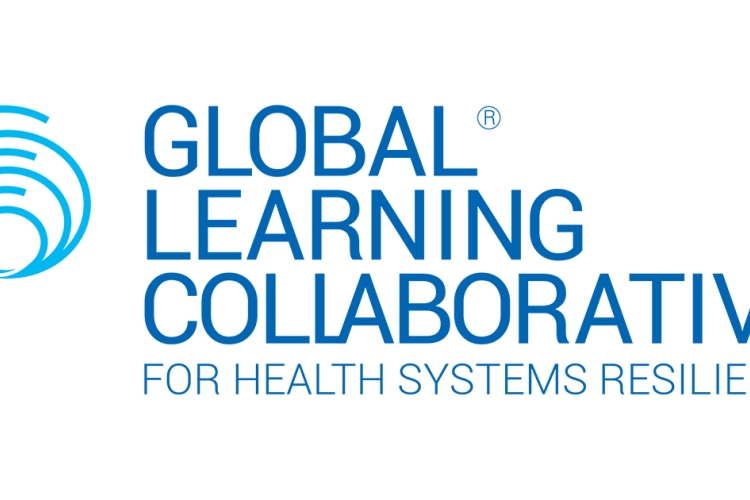A Study of ICT Connectivity for the Belt and Road Initiative (BRI): Enhancing the Collaboration in China-Central Asia Corridor
The Belt and Road Initiative (BRI) was initially introduced in 2013 in order to enhance connectivity and collaboration among 60 countries and beyond in Asia, Africa and Europe. According to BRI, the Belt refers to Silk Road Economic Belt which is the land routes among these countries, whereas the Road refers to the 21st-Century Maritime Silk Road which is the sea routes, rather than roads, aimed at marine transportation and communications from China’s east coast to other countries across the South China Sea and the Indian Ocean.
Through the Asia-Pacific Information Superhighway (AP-IS) initiative, ESCAP is collaborating with the government of the People's Republic of China to promote the BRI to member States along the BRI corridors as well as the wider Asia-Pacific region. The ESCAP China cooperation could increase inclusiveness among 62 ESCAP member economies to achieve a higher level of ownership and therefore support to the BRI initiative. In addition, the
ESCAP-China cooperation strengthens synergies between AP-IS and BRI initiatives respectively to attain mutual benefits, sustainable development, and strengthen economic relations among the ESCAP member countries.
In order to successfully achieve these objectives, information and communications technology (ICT) connectivity is critical to providing fundamental communication channels for global connectivity, infrastructure development, trade and transport and socio-economic collaboration among people, organizations and countries along BRI corridors.
In addition, ICT contributes directly and indirectly to economic, social and environmental aspects of Sustainable Development Goals (SDG). Specific SDG targets and goals include target 9.1 (Develop quality reliable, sustainable and resilient infrastructure, including regional and transborder infrastructure, to support economic development and human well-being, with a focus on affordable and equitable access for all) and 9.c (Significantly increase access to ICT and strive to provide universal and affordable access to the Internet in least developed countries by 2020). Furthermore, under Goal 4 on education, one target requires the member countries to expand educational opportunities in ICT. In the area of gender equality, Goal 5 has the target of “enhance the use of enabling technology, in particular information and communications technology, to promote the empowerment of women”. A goal under SDG 17 further specifies the role of ICT as a means of implementation.
The file can be downloaded at: http://www.unescap.org/resources/study-ict-connectivity-belt-and-road-initiative-bri-enhancing-collaboration-china-central






